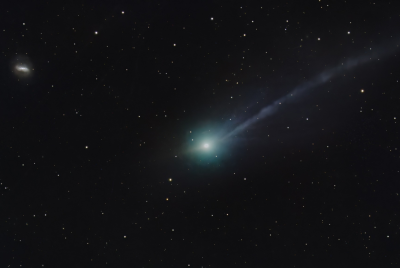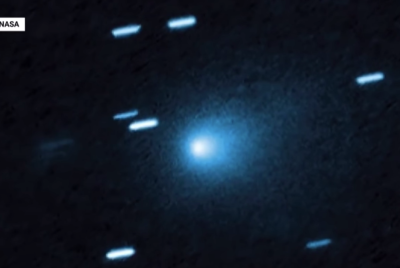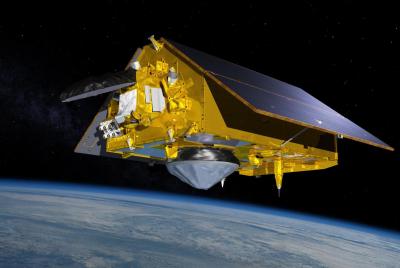First new ichthyosaur species for 130 years discovered sitting in Doncaster Museum

The first new species of ichthyosaur to be discovered in 130 years has been identified having sat in the Doncaster Museum collections for over 30 years.
Ichthyosaurus anningae lived between 189 and 182 million years ago in West Dorset during the lower Jurassic period.
The new species was named after Mary Anning, who first collected ichthyosaurs in the early 1800's and campaigned to bring the species to the attention of the scientific community.
Dean Lomax, 25, a palaeontologist and Honorary Scientist at The University of Manchester, first noticed the fossil in 2008 after realising it had several bone abnormalities, indicating it was a species previously unidentified.
Lomax then spent over five years travelling the world to check his findings against other fossils. Working with Judy Massare from Bockport College in New York, he finally found he had a completely new species of ichthyosaur.
Often misidentified as swimming dinosaurs, ichthyosaurs were dolphin-like creatures that first appeared about 250 million years ago and finally died out about 90 million years ago.
Ichthyosaurs were first identified by science in 1834 and since then many well-preserved fossils have been uncovered. They evolved from an unknown group of land reptiles that returned to the sea. Growing to up to 16m in length, they were predators that fed on fish and small reptiles.

Publishing the findings in the Journal of Vertebrate Palaeontology, researchers say the Doncaster fossil is the most complete ichthyosaur from the Pliensbachian period.
"After examining the specimen extensively, both Professor Massare and I identified several unusual features of the limb bones (humerus and femur) that were completely different to any other ichthyosaur known," Lomax said.
"That became very exciting. After examining perhaps over a thousand specimens we found four others with the same features as the Doncaster fossil. The recognition of this new species is very important for our understanding of ichthyosaur species diversity during the early Jurassic, especially from this time interval."
He said being able to name the species for Mary Anning was very important: "Mary worked tirelessly to bring the ichthyosaurs, among other fossils, to the attention of the scientific world. Mary and her brother, Joseph, discovered the first ichthyosaur specimen to be scientifically recognised, collected at Lyme Regis around 1811.
"This discovery shows that new species, and not only ichthyosaurs, are awaiting discovery in museum collections. Not all new discoveries are made in the field."
Embargo 5am Thursday 19th
© Copyright IBTimes 2025. All rights reserved.






















